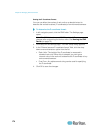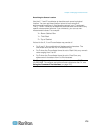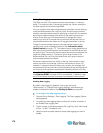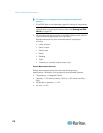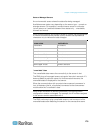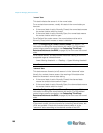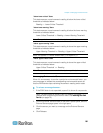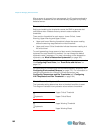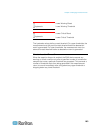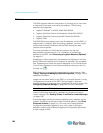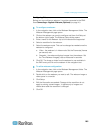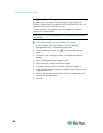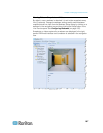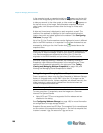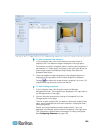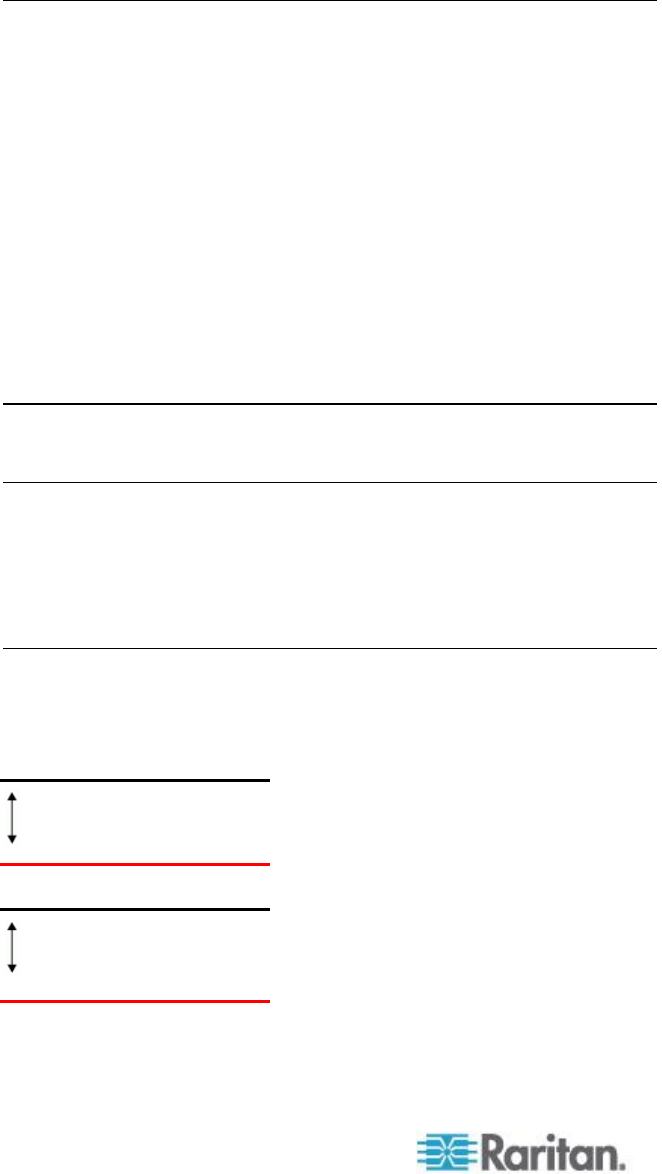
Chapter 8: Managing External Devices
182
After a sensor is removed from management, the ID number assigned to
that sensor is released and can be automatically assigned to any newly-
detected sensor.
Threshold Information
Setting and enabling the thresholds causes the EMX to generate alert
notifications when it detects that any sensor's state crosses the
thresholds.
There are four thresholds for each sensor: Lower Critical, Lower
Warning, Upper Warning and Upper Critical.
Upper and Lower Warning thresholds indicate the sensor reading
enters the warning range before the critical threshold.
Upper and Lower Critical thresholds indicate the sensor reading is at
the critical level.
To avoid generating a large amount of alert events, the deassertion
hysteresis for each threshold is enabled. You can change the default
hysteresis value if necessary. For more information on the deassertion
hysteresis, see What is Deassertion Hysteresis? (on page 182).
Note: After setting the thresholds, remember to configure the event rules.
See Configuring Event Rules (see "Event Rules and Actions" on
page 131).
For information on configuring an environmental sensor's threshold, see
Configuring Environmental Sensors (on page 172). For information on
configuring thresholds for a Schroff LHX heat exchanger, see
Configuring Temperature and Fan Thresholds (see "Configuring
LHX Temperature and Fan Thresholds" on page 194).
What is Deassertion Hysteresis?
The hysteresis setting determines when a threshold condition is reset.
This diagram illustrates how hysteresis values relate to thresholds:
Hysteresis
Upper Critical Threshold
Upper Critical Reset
Hysteresis
Upper Warning Threshold
Upper Warning Reset



